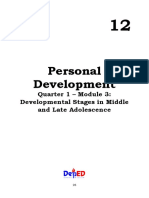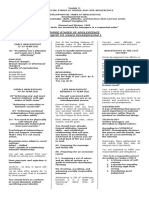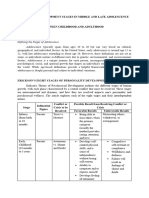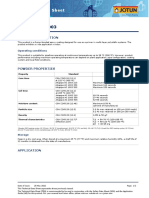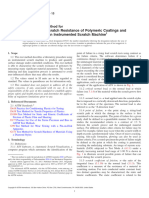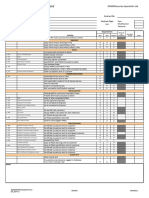0% found this document useful (0 votes)
86 views17 pagesPerDev FOR SENDING
This document discusses developmental stages and tasks in middle and late adolescence. It describes the developmental tasks according to Robert Havighurst for each stage of adolescence. In early adolescence from ages 10-13, tasks include adapting to physical and mental changes. In middle adolescence from ages 14-16, tasks involve achieving independence and learning to navigate relationships. In late adolescence from ages 17-18, tasks focus on preparing for careers, families, and developing a value system. The document stresses the importance of mastering developmental tasks through a positive attitude in order to successfully transition to adulthood.
Uploaded by
Yamyam ToscoCopyright
© © All Rights Reserved
We take content rights seriously. If you suspect this is your content, claim it here.
Available Formats
Download as PPTX, PDF, TXT or read online on Scribd
0% found this document useful (0 votes)
86 views17 pagesPerDev FOR SENDING
This document discusses developmental stages and tasks in middle and late adolescence. It describes the developmental tasks according to Robert Havighurst for each stage of adolescence. In early adolescence from ages 10-13, tasks include adapting to physical and mental changes. In middle adolescence from ages 14-16, tasks involve achieving independence and learning to navigate relationships. In late adolescence from ages 17-18, tasks focus on preparing for careers, families, and developing a value system. The document stresses the importance of mastering developmental tasks through a positive attitude in order to successfully transition to adulthood.
Uploaded by
Yamyam ToscoCopyright
© © All Rights Reserved
We take content rights seriously. If you suspect this is your content, claim it here.
Available Formats
Download as PPTX, PDF, TXT or read online on Scribd
/ 17


















